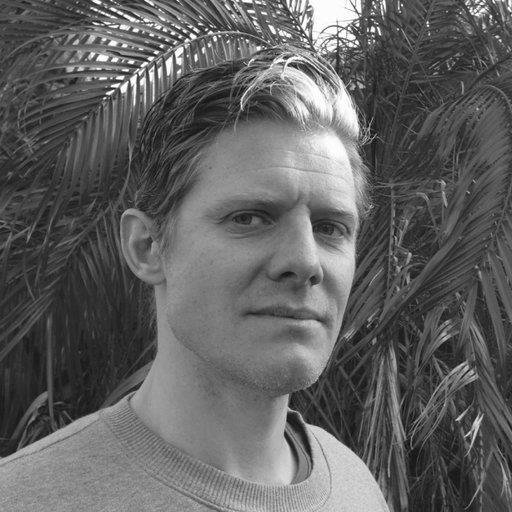
In Sweden, approximately 50 000 patients are admitted to ICU every year. ICU patients are closely monitored with respect to physiological and biochemical changes with the aim to diagnose and treat life threatening complications in a timely manner as well as to evaluate the response to therapeutic interventions. Despite these efforts, a significant proportion of ICU patients develop progressive organ dysfunction requiring pharmacological and mechanical organ support. In addition, the long-term burden of morbidity (i.e. a continuing decline in organ function status) and mortality after critical illness remain high.
We focus on how the interaction between pre-ICU morbidity, critical care physiology, and process of care relates to patient outcomes. The overall aim is to identify modifiable targets in order to improve patient care and outcomes.
Rinaldo Bellomo, Professor, Austin Health, Melbourne
Anders Larsson, Professor, Uppsala University
Marcus Lind, Professor, University of Gothenburg
Ragnar Thobaben, Associate Professor, Royal Institute of Technology
Per Venge, Professor, Uppsala University
Region Stockholm (ALF project)
Region Stockholm (clinical research appointment)
Karolinska Institutet
The Australian and New Zealand Intensive Care Foundation
Relative Hypoglycemia in Diabetic Patients With Critical Illness.
Kwan TN, Zwakman-Hessels L, Marhoon N, Robbins R, Mårtensson J, Ekinci E, et al
Crit Care Med 2020 03;48(3):e233-e240
Creatinine versus cystatin C based glomerular filtration rate in critically ill patients.
Ravn B, Rimes-Stigare C, Bell M, Hansson M, Hansson LO, Martling CR, et al
J Crit Care 2019 08;52():136-140
Performance of plasma measurement of neutrophil gelatinase-associated lipocalin as a biomarker of bacterial infections in the intensive care unit.
Jonsson N, Gille-Johnson P, Martling CR, Xu S, Venge P, Mårtensson J
J Crit Care 2019 10;53():264-270
Hospital-acquired complications in intensive care unit patients with diabetes: A before-and-after study of a conventional versus liberal glucose control protocol.
Luethi N, Cioccari L, Eastwood G, Biesenbach P, Morgan R, Sprogis S, et al
Acta Anaesthesiol Scand 2019 07;63(6):761-768
Small volume resuscitation with 20% albumin in intensive care: physiological effects : The SWIPE randomised clinical trial.
Mårtensson J, Bihari S, Bannard-Smith J, Glassford NJ, Lloyd-Donald P, Cioccari L, et al
Intensive Care Med 2018 Nov;44(11):1797-1806
The Presence of Diabetes and Higher HbA1c Are Independently Associated With Adverse Outcomes After Surgery.
Yong PH, Weinberg L, Torkamani N, Churilov L, Robbins RJ, Ma R, et al
Diabetes Care 2018 06;41(6):1172-1179
Hospital-acquired complications in intensive care unit patients with diabetes: A before-and-after study of a conventional versus liberal glucose control protocol.
Luethi N, Cioccari L, Eastwood G, Biesenbach P, Morgan R, Sprogis S, et al
Acta Anaesthesiol Scand 2019 07;63(6):761-768
The outcome of neutrophil gelatinase-associated lipocalin-positive subclinical acute kidney injury: a multicenter pooled analysis of prospective studies.
Haase M, Devarajan P, Haase-Fielitz A, Bellomo R, Cruz DN, Wagener G, et al
J Am Coll Cardiol 2011 Apr;57(17):1752-61
